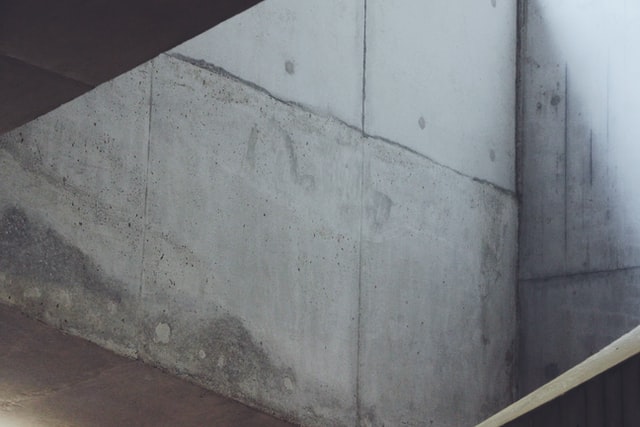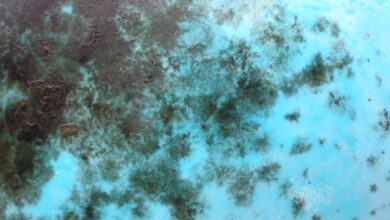How to Identify and Prevent Mold in Your Home

Mold is a type of fungus, and it’s fond of damp, dark places. If you’ve had a mold problem, it can pose a health risk. So, it’s important to take care of it if there’s an issue. Here are a few ways to handle mold if you’ve found some at home.
What Causes Mold Growth
First of all, you need to understand what’s causing mold to grow. Most of the time, mold starts growing anywhere there’s moisture in the dark. So, if your home has water damage, it could be contributing to the mold.
Pay attention to the roof, walls, and ceiling. If you see signs of water damage, hire someone to inspect the home. They’ll be able to discover any mold hiding in there. Then, you can decide what you’d like to do to get rid of it.
Also, look closely at places where it’s dark. Besides moisture, most molds love dark places, too. So, that’s where you’ll find them growing a lot of the time. Try inspecting your home’s foundation, and take a peek at its crawlspace. These are common areas where molds take hold.
How to Identify Molds
To find molds, you must know how to identify them. Typically, they look almost like they’re a piece of fabric. If you’ve gone hiking, then you may have seen moss before. Molds look a lot like them, so look for anything similar.
Often, you’ll see them growing in the bathrooms. If you spot anything fuzzy on the wall, it’s probably a mold. They don’t always have vibrant colors, either. In fact, sometimes, they’re similar looking to slime. Don’t touch anything if you spot some, though. Inhaling mold spores has adverse health consequences.
So, once you’ve discovered the culprit, call a professional. They can test to see if it’s actually a mold. That way, you’re not putting yourself at any unnecessary risk.
What to Do if You Have Mold
Cleaning up mold depends on how extensively they’ve colonized a home. Sometimes, they’re widespread, covering everything in the walls. When they cover more than 10 square feet, you’ll need help.
Try calling a contractor and asking them for a quote. Before hiring anyone, check to see if they’re properly certified, too. Mold cleanup is important since it can have health implications. So, you always want to hire someone who has a proper license.
When mold is growing because of the HVAC system, you may need to hire a specialist. There could be something causing excess humidity to accumulate inside the vents. If that’s happening, the mold will come back soon. So, you want to inspect there before deciding everything is handled. Otherwise, you might not be done dealing with mold for long.
If there was a leak near the mold, you need to seal it. That’s what caused the mold to start growing in the first place. Sometimes, you can just use some caulk and seal whatever was leaking. However, if there’s something serious, it’ll need some professional attention.
Preventing Mold in the Future
There are plenty of ways to prevent mold growth in the future once you’ve cleaned everything. First, we’d suggest installing some gutter brush guards around the house. Since they can stop your gutters from clogging, water damage won’t be as likely. Everything will have a clear path to the downspout when it’s raining.
Also, don’t let water lay around on the bathroom floor. Once you’re done taking a shower, mop it all up. Otherwise, some of it could seep into the flooring. It could even get into the walls if you weren’t using a curtain. So, don’t turn on the water unless it’s closed first. That way, nothing splashes on the walls, soaking them thoroughly. You shouldn’t have as much of an issue with mold as long as you’re following all that.
How to Handle Mold as a Homeowner
Molds belong to the same class of organism as mushrooms. So, don’t be surprised to see them growing alongside each other if you spot them in nature. They’ve developed many characteristics they share in common. But, they’re never something you want to see in your home. If you do, it’s time for some mold remediation.
Read More: What’s the Difference Between Black Mold and Toxic Mold?


